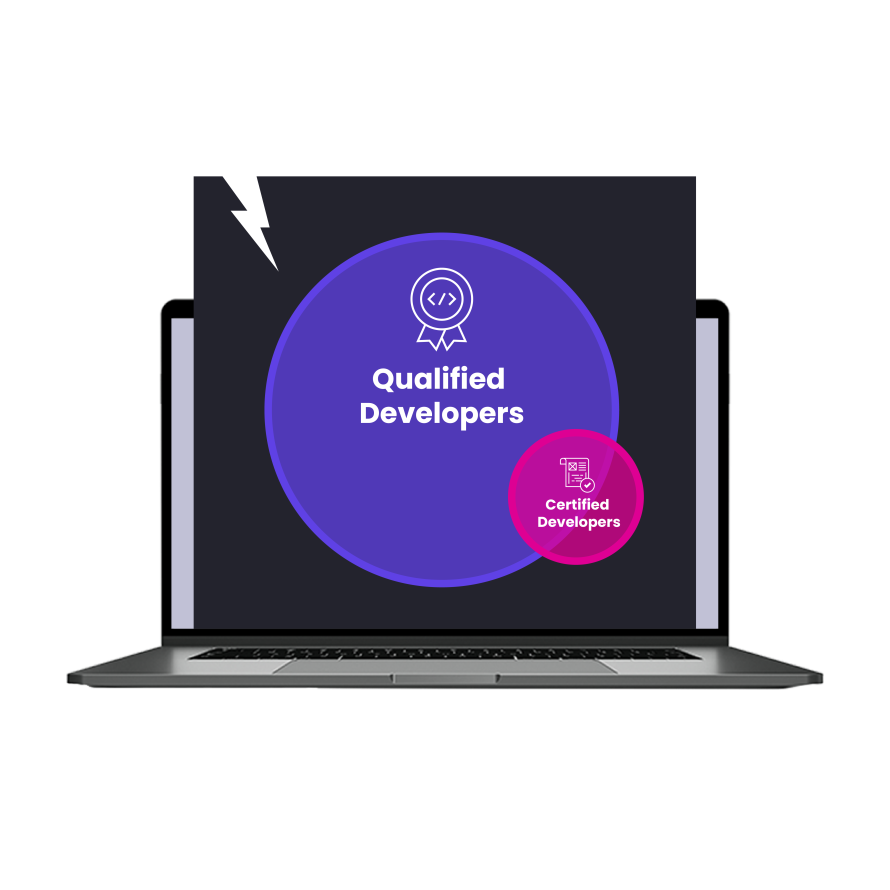Confessions from a Serial Certifications Collector: Why Become WebOps Certified
Image

Let me preface this story with the confession that I collect certifications a lot like other people collect stamps or coins. From becoming the first Certified Professional Manufacturers representative in the plumbing industry to my latest WebOps Certified Developer, I enjoy the learning experience that comes with the process of becoming certified.
Why Become WebOps Certified?
Assuming you aren’t collecting certifications like I am, why would you want to become certified?
For most people, the reason is to have external validation of a skill or knowledge set. Just like going to college and getting a degree is a kind of certification, getting a topical certification is a way of showing mastery of a subject. Fortunately, professional certifications are a much more cost-effective way of achieving that validation.
Image

Looking at the Venn diagram that I cooked up myself, you can see the population of qualified developers for any given skill set is much larger than those who are certified. A lot of developers are either not aware of the certification, do not feel they need that validation, or have some impediment like language or financial resources.
Those who take the time to get certified signal to possible employers their willingness to grow professionally. Back when I was more directly involved in hiring decisions, being certified didn’t guarantee a job, but it did guarantee an interview. Not being certified puts more stress on a resume that communicates your qualifications. And more and more job postings that I see from recruiters include a requirement to be certified.
One final point on this diagram. While most certified developers are qualified, it is possible for some unqualified developers to successfully pass the certification exam. Fortunately, that is a very small percentage.
Absorbing Pantheon's 215-page Study Guide
I got my first Drupal certification in 2014. Shortly after the Acquia Certified Developer program was announced, I jumped on it. After that, I got various Acquia Certifications as they were being released, including two product-related certifications: Acquia Certified Cloud Pro and Acquia Certified Site Factory Pro.
I was excited to hear that Pantheon was developing a product certification of their own and when they put out a call in their Pantheon Heroes Slack channel, I volunteered immediately.
I received a 215-page study guide that was truly comprehensive. Compare that to the 3–4-page study guide outlines provided by Acquia for the Cloud Pro and Site Factory Pro exams.
The Pantheon study guide proved to be entirely self-sufficient. Knowing the material, along with a bit of experience with the platform, some of which is prompted by exercises in the study guide, should be more than enough to be successful with the exam.
During my debrief, I mentioned I didn’t think the roles and permissions were covered in the study guide but the exam’s mastermind, Senior Developer Educator Steve Bresnick pointed to a table that did cover them.
Because I was a pilot tester, the exam proctoring wasn’t implemented, so my proctoring consisted of a Zoom call that was left open during the exam. Now Pantheon is using a monitoring service ProctorFree, which is used by many certification programs.
The exam itself was 50 multiple-choice questions. They were straightforward and covered the material in the study guide. By contrast, the Cloud Pro exam had quite a few networking and Linux questions, topics I’ve never encountered in my Acquia experience.
Pantheon’s exam has no “tricky” questions, so it should be more approachable for non-native English speakers. Having reviewed the study guide and with some Pantheon experience, I had no problems passing the exam on my first try.
I am proud to be an early WebOps Certified Developer. I enjoy projects that use Pantheon and am glad to have a way to communicate my knowledge of the platform.
Learn more about how to earn your WebOps certification here.


